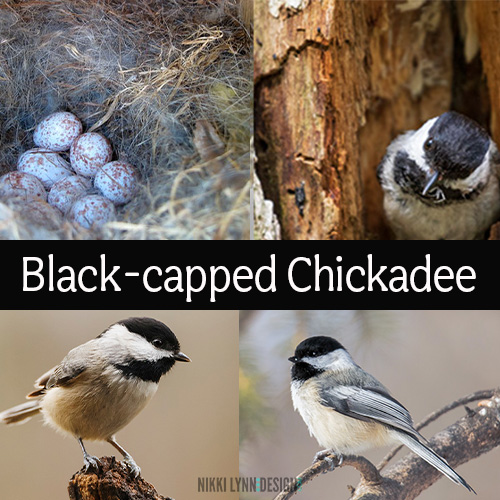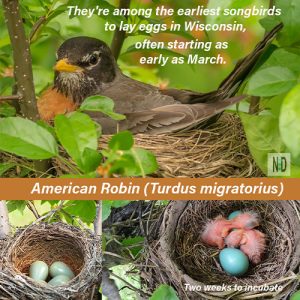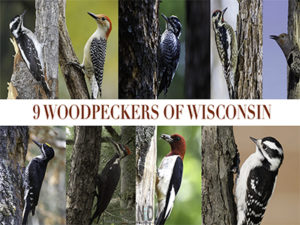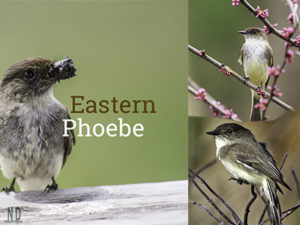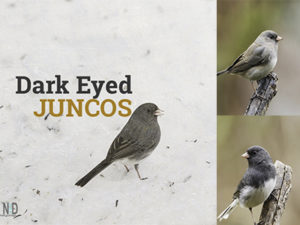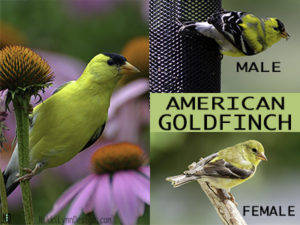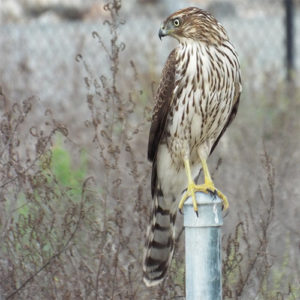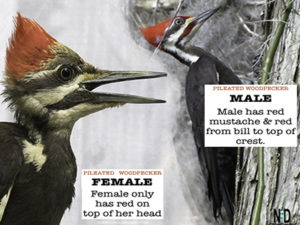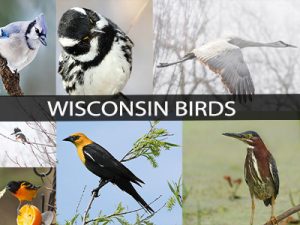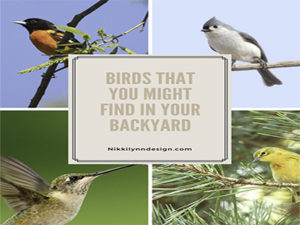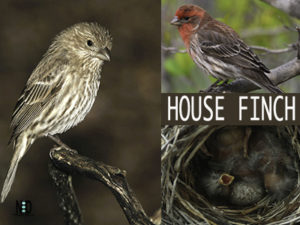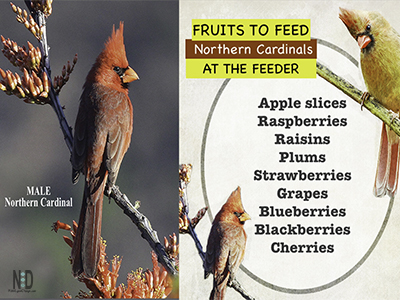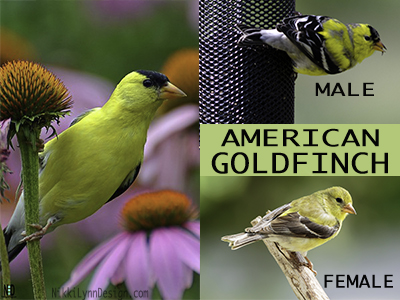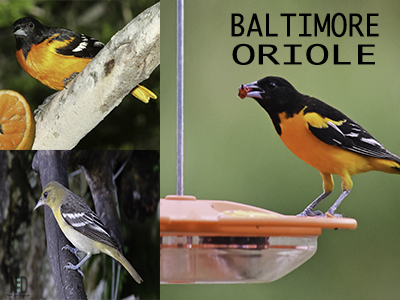The black-capped chickadee might be one of the most recognized birds next to the Red Cardinals, Blue Jays, and Robins. The fluffy little Chickadee comes freely about dwellings even in towns and cities.
The Sweet Black-capped Chickadee
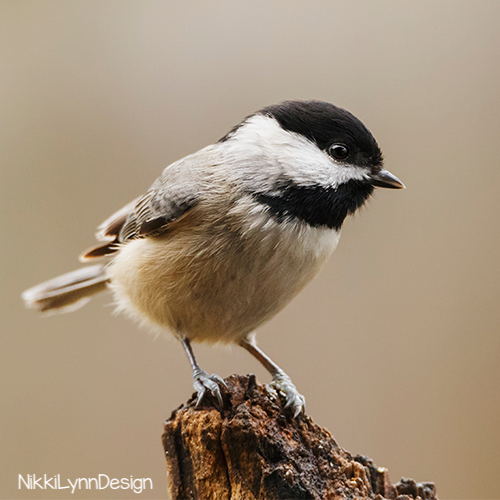
Everyone is familiar with its actions; hopping from twig to twig, clinging to the bark of the trunk and large limbs of a tree, hanging head down beneath a branch, or swinging on the end of a pine cone.
- Always prying into the cracks and crevices of bark, bud, and leaf and extracting the tiny insects, which are a constant threat to the welfare of orchards and parks.
General Information
| Name:: | Black-capped Chickadee |
| Scientific Name:: | Poecile atricapillus |
| High Classification: | Paridae |
| Size: | 4.75 to 5.75 inches |
| Habitat: | Woodlands, gardens, shrublands, deciduous and mixed forests |
| Diet: | Insects, suet, carrion, seeds, berries |
Distribution. — Eastern North America north of the Potomac and Ohio Valleys
Images of Black-capped Chickadee
Technical Description
A white upper surface of the head, from bill to nape. black; sides of the head and neck white; chin and throat black; back, wings and tail clear gray or ash, the wings with an indistinct whitish bar, and most of the wing and tail feathers white-margined on the outer web; breast and belly white or grayish-white, the sides more or less tinged with brown or buff.
| Length: 4.75 to 5.75 inches; wing 2.50 to 2.75; tail 2.50 to 2.70. | |
| Sexes: alike, and no great difference between winter and summer plumages. |
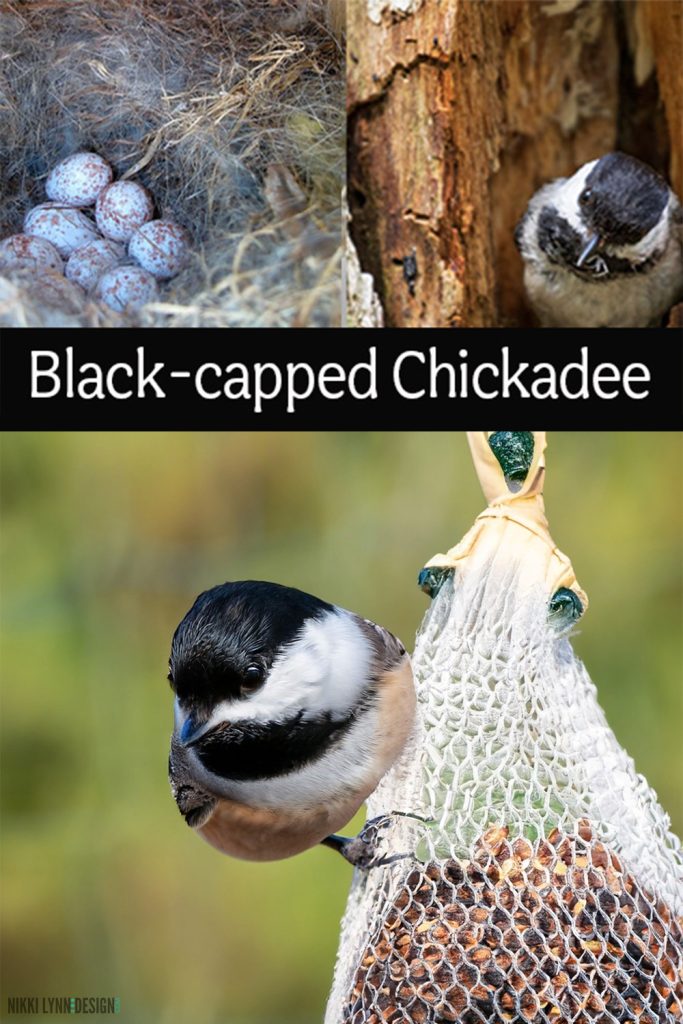
A Chickadee & His Friends
Except during the nesting season, Chickadees are almost always found in little family parties of eight or ten, these occasionally combine with similar parties of some of the birds below so that thirty or forty may be found scattered through the woods within hearing of each other.
Birds Found With Chickadees

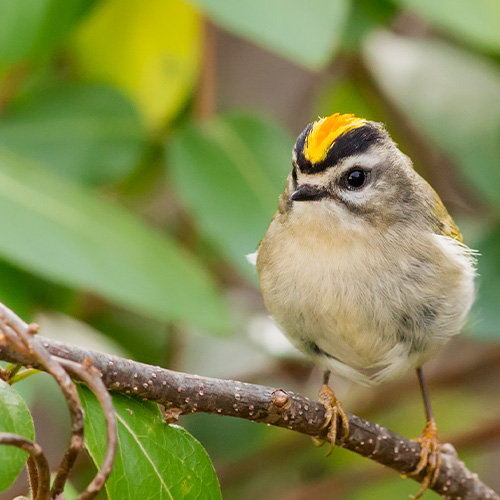
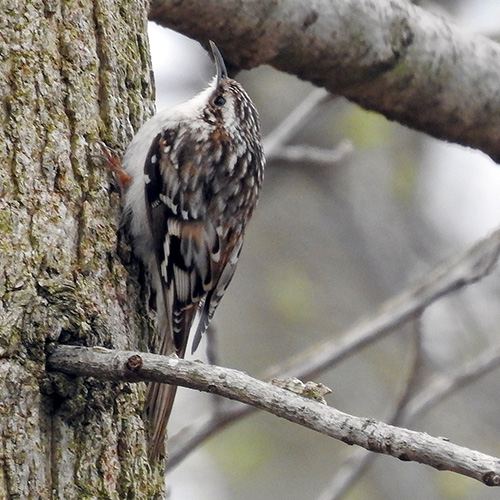
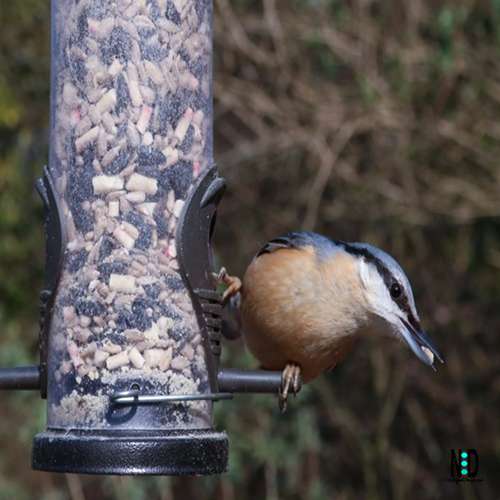

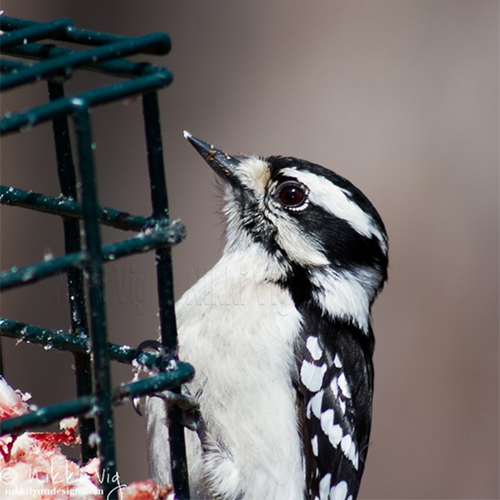
Choosing A Nesting Site
Normally the Chickadee nests in deserted woodpecker holes, cavities in decayed limbs or rails, or similar hollows in fence posts, but in many cases, it has been noted to accept artificial nesting places, and occasionally it occupies bird boxes intended for bluebirds. A round entry hole of 1-1/2 inches is perfect for wrens and chickadees.
Excavating A Hole
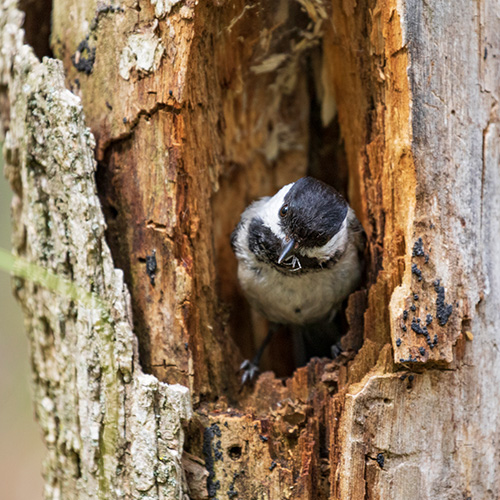
Frequently it digs the hole for its own nest, choosing a partly decayed stub or branch and pecking out the hole much as a woodpecker does, but with infinitely more pain and patience.
It is not able to excavate sound wood, but in wood that is just beginning to decay it often makes a very neat hole, which serves for a year or two.
Nest Lining:
In the bottom of the hole, it builds a very compact and nicely felted nest of the fur of various kinds, feathers, moss, and cottony plant fibers.
Egg Laying:
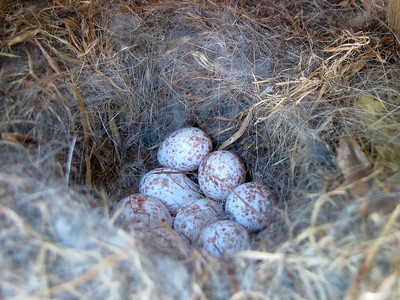
6 to ten nearly white, brown-spotted eggs, which average .60 by .47 inches are laid.
The eggs are usually laid, in the southern part of the state, during the first half of May, and from one to three weeks later in the northern sections.
At The Feeder
The birds are very active in the morning hours foraging feeders, and scouring trees and plants for insects, insect eggs, and berries.
| Suet | Include suet with peanut butter, seed, berry, and insects |
| Meat | The birds love picking scraps of meat off the bone. |
| Berries | In nature, the birds eat a wide variety of berries. |
| Peanut Butter | They will eat anything with peanut butter. |
| Seeds | Black oil sunflower seeds hulled sunflower seeds |
| Peanuts | Provide shelled peanuts. |
Types Of Feeders
Include suet, hopper, tray, or tube feeders.
Clicking on any of the feeders above will take you to Amazon. If you make a purchase, I might get a small commission from the sale at no additional cost to you.
